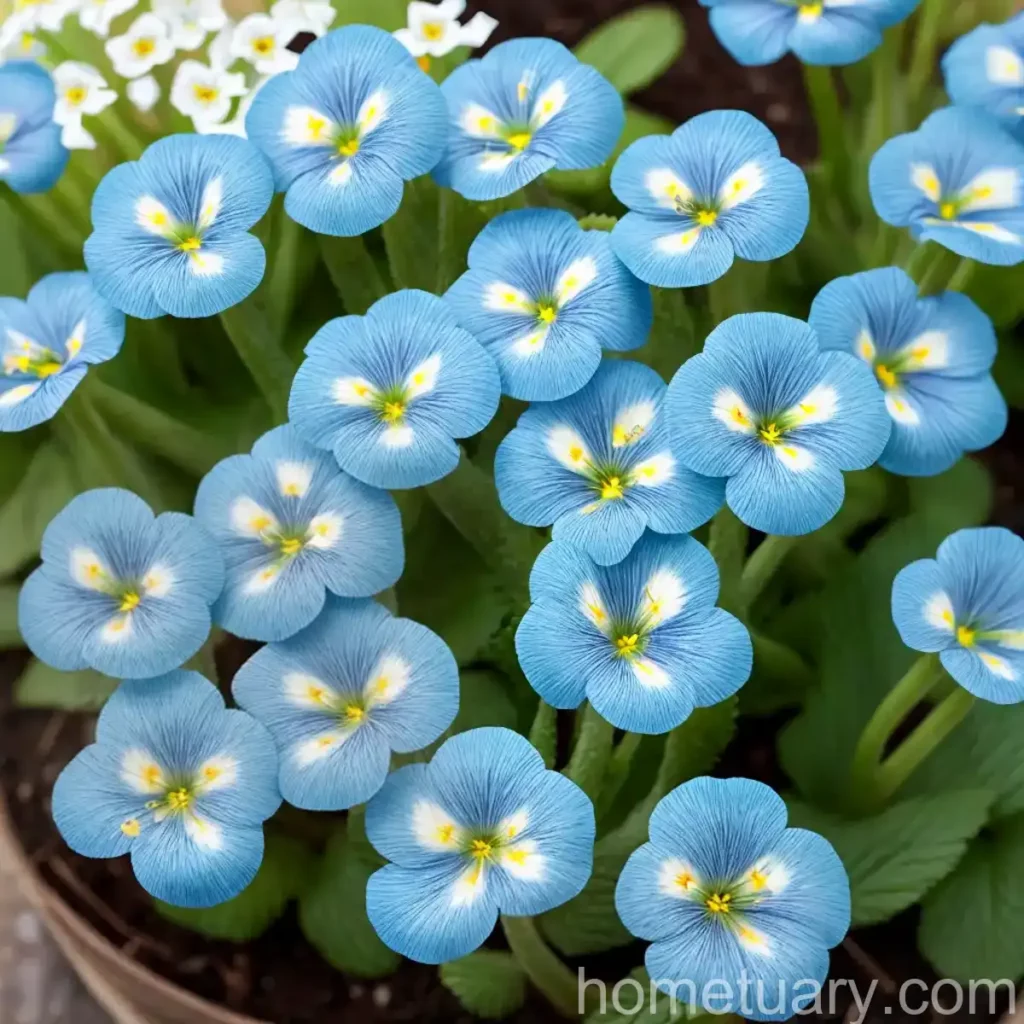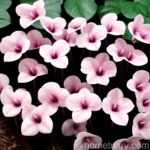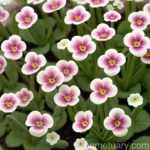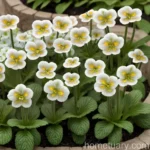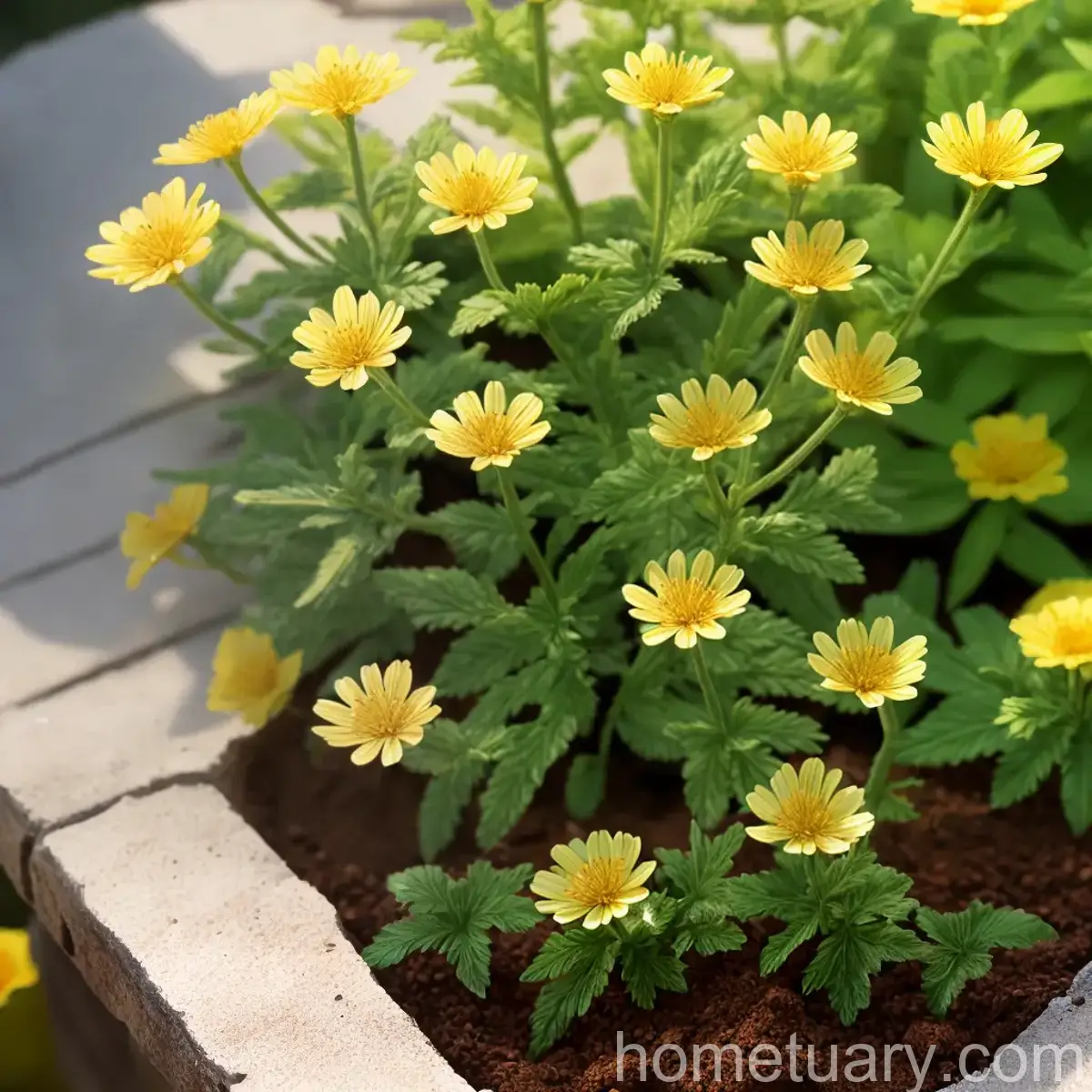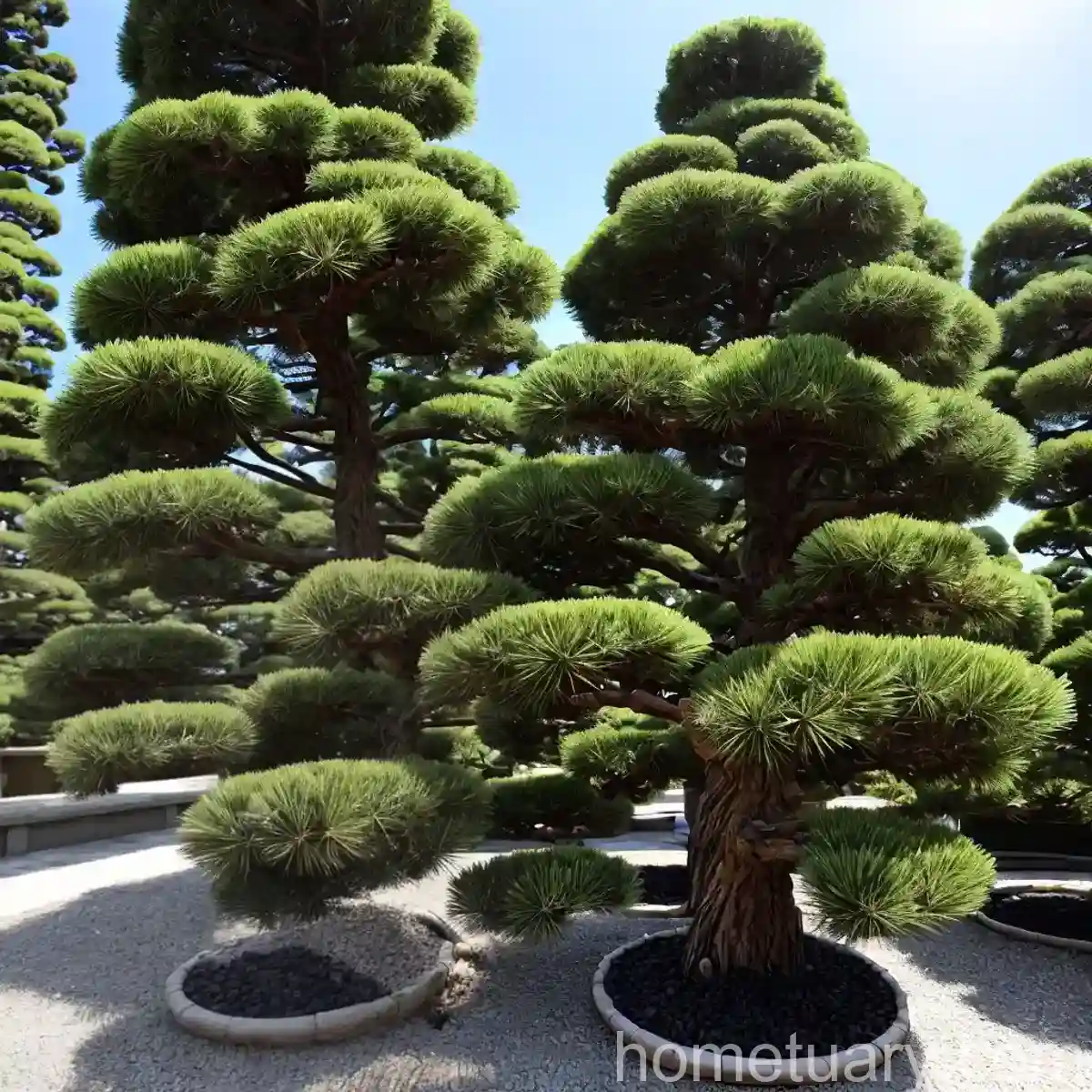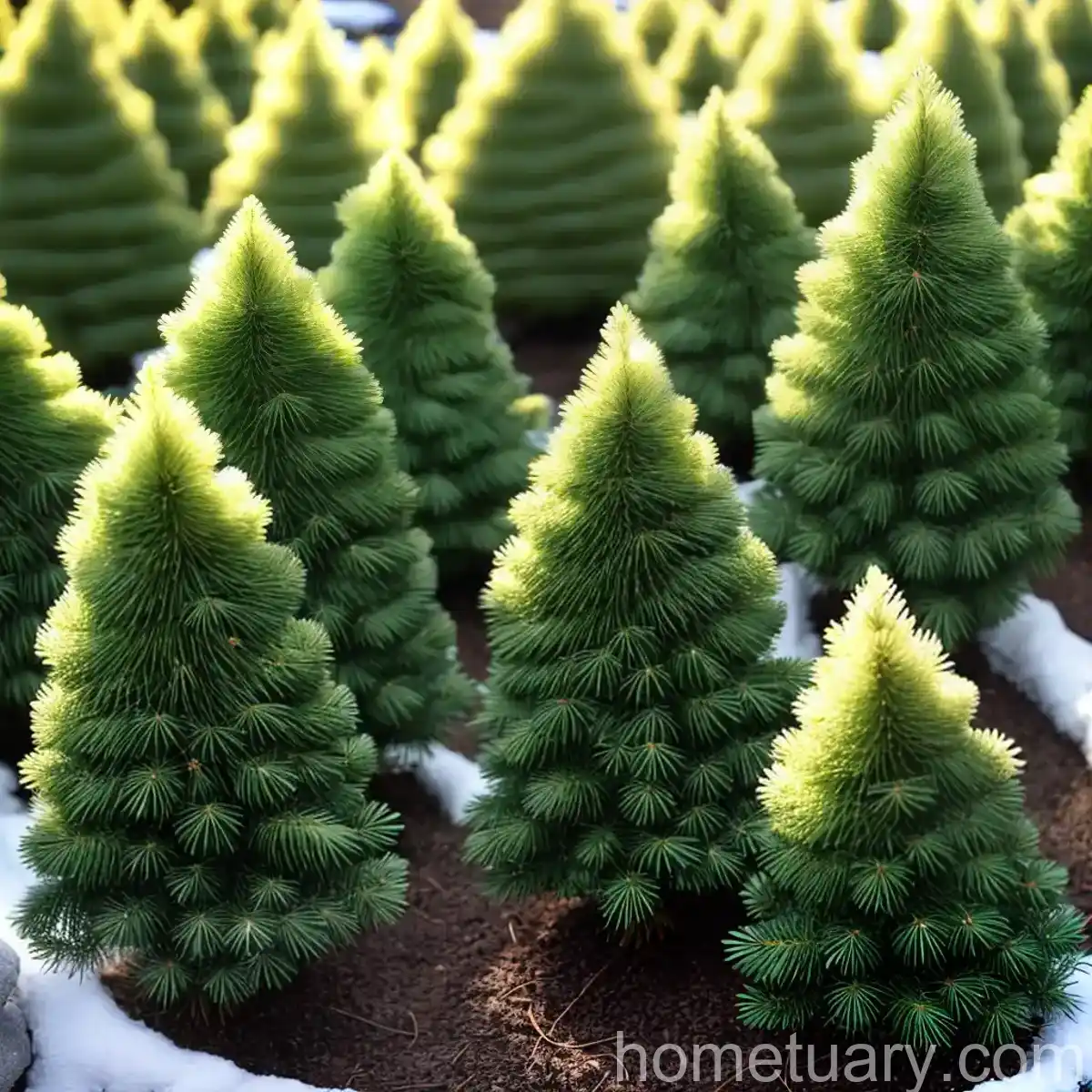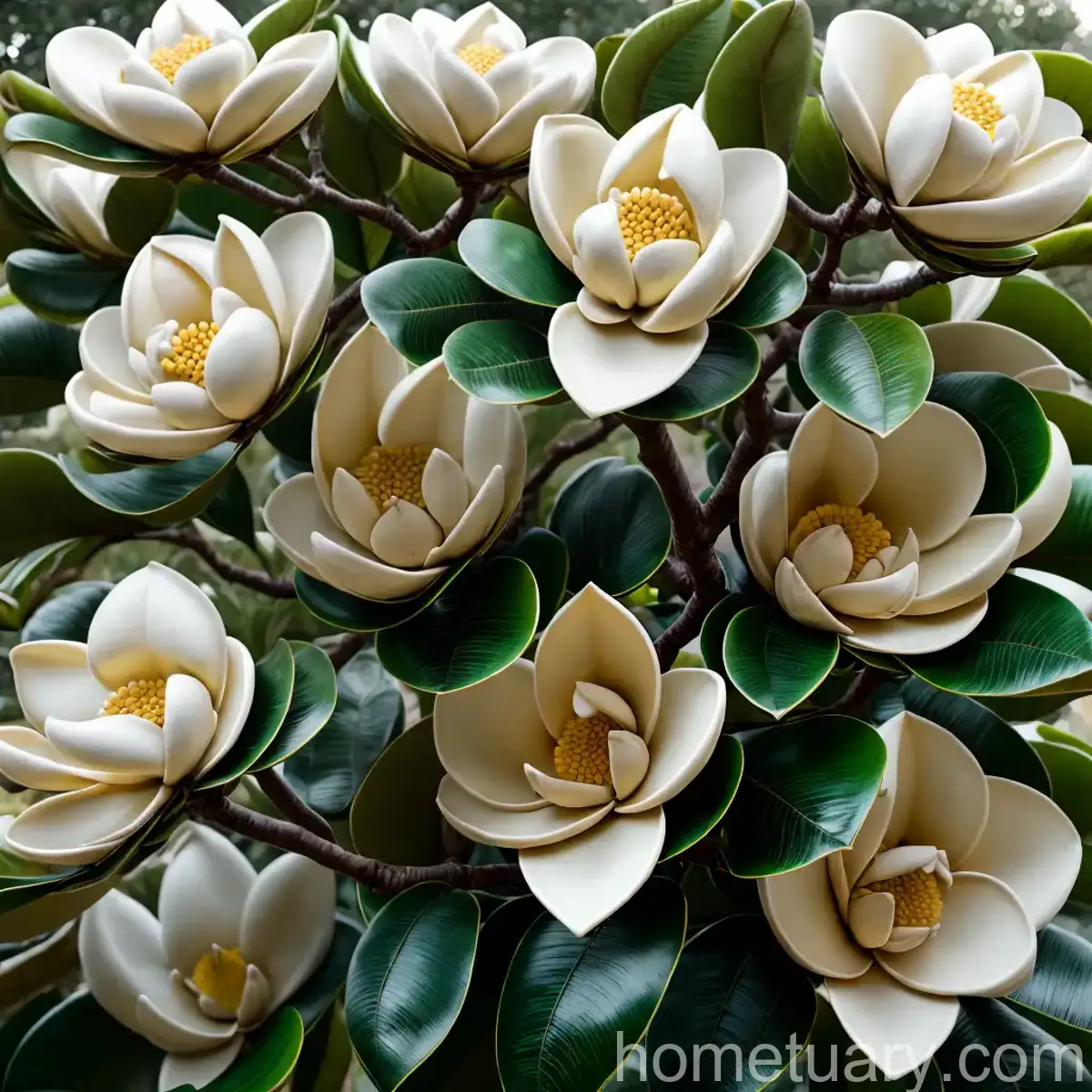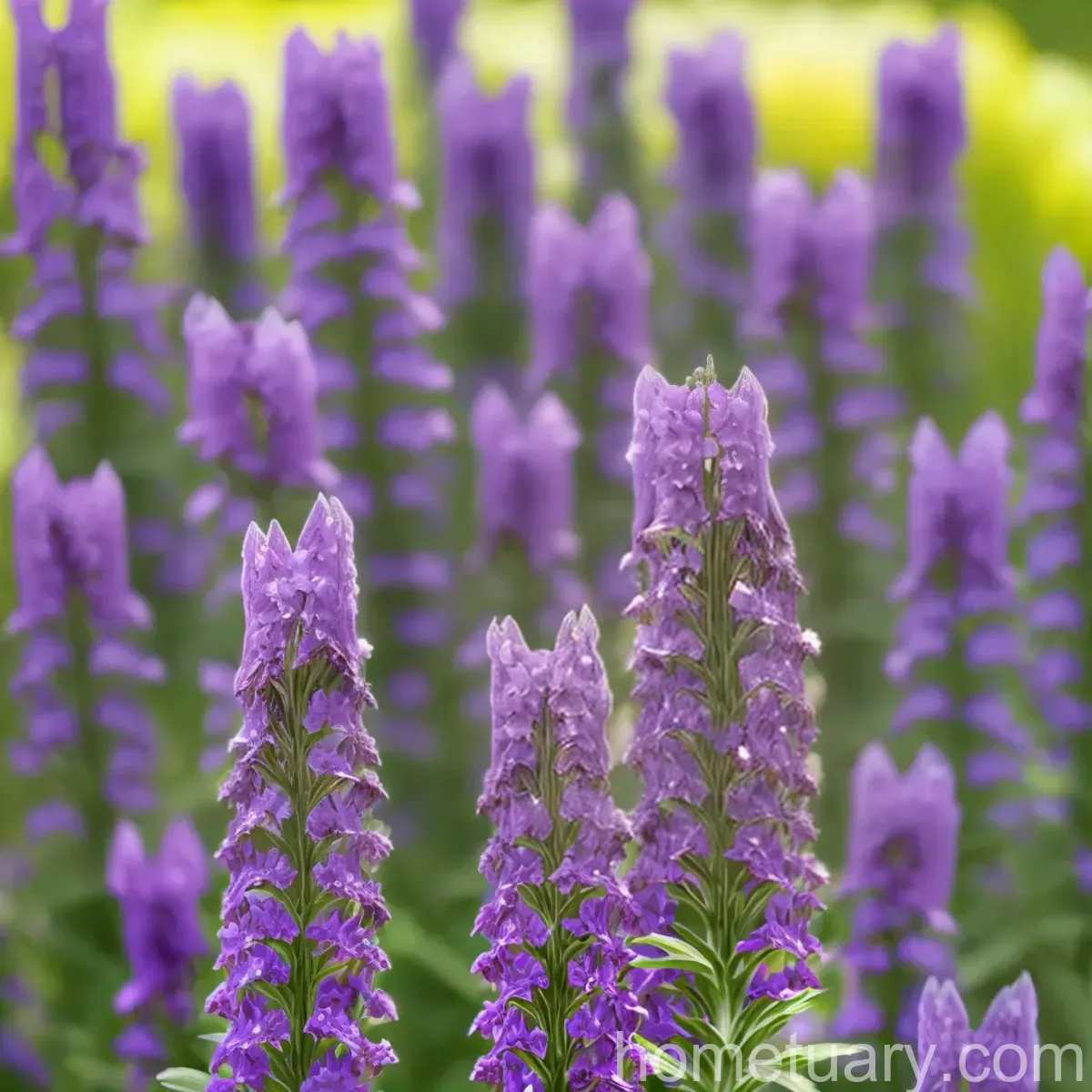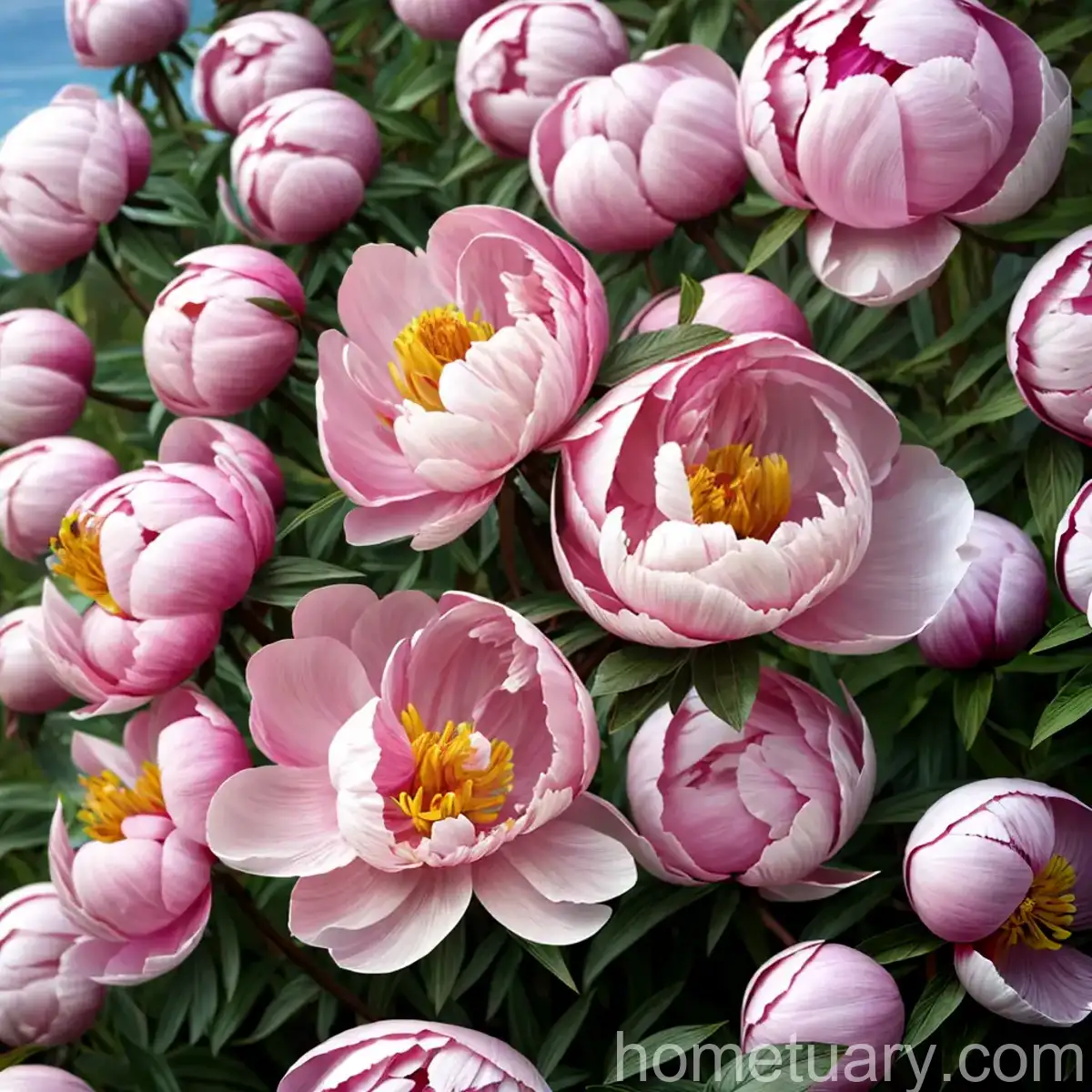Plant Scientist Insights: Primrose (Primula vulgaris ‘Danessa Blue’)
Whether you are a seasoned gardener or just starting out, the primrose (Primula vulgaris ‘Danessa Blue’) is a delightful plant that brightens up any garden. Known for its vibrant blooms and ease of care, this beautiful perennial has captured the hearts of gardeners worldwide. In this comprehensive guide, we will explore everything you need to know about the Primula vulgaris ‘Danessa Blue’, from its characteristics and growing requirements to its uses and maintenance. Let’s dive into the enchanting world of the primrose!
What is Primrose (Primula vulgaris ‘Danessa Blue’)?
The Primula vulgaris ‘Danessa Blue’ is a charming and enchanting flowering plant that belongs to the Primulaceae family. It is a cultivar of the native primrose species, Primula vulgaris, which is commonly found in Europe and Asia. The ‘Danessa Blue’ variety is particularly prized for its stunning, deep blue flowers that add a burst of color to gardens and outdoor spaces.
Key Takeaways – Primrose (Primula vulgaris ‘Danessa Blue’):
- Characteristics: Vibrant deep blue flowers, compact growth habit, early spring bloomer.
- Uses: Ornamental garden plant, cut flower, container plant, groundcover.
- Growing Requirements: Well-draining soil, partial shade, moderate watering, and regular fertilization.
- Maintenance: Pruning spent blooms, disease and pest management, propagation through seeds or division.
- Cultural Significance: Symbolizes young love, new beginnings, and the arrival of spring.
Now, let’s delve deeper into the various aspects of caring for and enjoying the Primula vulgaris ‘Danessa Blue’.
Culture
The Primula vulgaris ‘Danessa Blue’ holds a special place in the hearts of garden enthusiasts for its cultural significance and versatility. Let’s explore the cultural aspects, uses, and propagation of this captivating plant.
Uses
The Primula vulgaris ‘Danessa Blue’ has a wide range of uses in landscaping, floral arrangements, and traditional herbal medicine. Its versatility makes it a favorite among gardeners and florists alike.
- Landscaping: Adds vibrant color to flower beds, borders, and rock gardens.
- Cut Flower: The long-lasting blooms are perfect for floral arrangements and indoor displays.
- Container Plant: Thrives in containers on patios, balconies, and indoor spaces.
- Groundcover: Creates a lush carpet of blue flowers in shaded areas.
- Medicinal Herb Gardens: Traditional herbal uses for natural remedies.
Water
Proper watering is essential for the health and vitality of the Primula vulgaris ‘Danessa Blue’. While it appreciates moist soil, it is crucial to avoid waterlogging, which can lead to root rot and other issues.
- Watering Tips:
- Water consistently to keep the soil evenly moist, especially during the active growing season.
- Ensure proper drainage to prevent water accumulation around the roots.
- Avoid wetting the foliage to minimize the risk of fungal diseases.
Sunlight
The ‘Danessa Blue’ primrose thrives in partial shade and dappled sunlight. While it appreciates some sun exposure, especially in the morning or late afternoon, it should be protected from intense midday sun.
- Sunlight Requirements:
- Morning sun and partial shade are ideal for vibrant blooms.
- Protection from intense midday sun to prevent wilting and scorching.
- Adjustable shading for prolonged hot spells or heatwaves.
Fertilizer
Appropriate fertilization plays a crucial role in supporting the vigorous growth and blooming of the Primula vulgaris ‘Danessa Blue’. A balanced, slow-release fertilizer formulated for flowering plants can provide the essential nutrients for healthy development.
- Fertilizer Guidelines:
- Use a balanced, water-soluble fertilizer during the growing season.
- Apply according to the manufacturer’s instructions to avoid over-fertilization.
- Avoid fertilizing during the dormant season to prevent excessive foliage growth.
Soil
Well-draining, nutrient-rich soil is the key to success when cultivating the Primula vulgaris ‘Danessa Blue’. The ideal soil conditions promote healthy root development and vibrant blooms.
- Soil Requirements:
- Loamy, well-draining soil with good moisture retention.
- Acidic to neutral pH range for optimal nutrient uptake.
- Organic matter enrichment for improved soil structure and nutrition.
Pruning
Regular pruning and deadheading not only maintain the plant’s aesthetic appeal but also encourage continuous blooming throughout the growing season.
- Pruning Techniques:
- Remove spent blooms to promote new flower production.
- Trim back any yellowing or damaged foliage for a tidy appearance.
- Prune after the blooming season to shape the plant and remove any dead growth.
Propagation
The Primula vulgaris ‘Danessa Blue’ can be propagated through various methods, including division, seed sowing, and leaf cuttings. Each propagation method has its unique requirements and benefits.
- Propagation Methods:
- Division: Splitting the clumps and replanting the divisions in suitable locations.
- Seed Sowing: Collecting and sowing seeds for new plant growth.
- Leaf Cuttings: Cultivating new plants from healthy leaf sections.
Container Popularity
The compact growth habit and vibrant blooms make the ‘Danessa Blue’ primrose a popular choice for container gardening. Its versatility and adaptability to container environments make it an excellent option for small spaces and urban settings.
Common Diseases
While generally resilient, the Primula vulgaris ‘Danessa Blue’ is susceptible to certain diseases and pests that can impact its health and vigor. Being aware of common diseases and their management is essential for preserving the plant’s well-being.
Disease Diagnosis
- Powdery Mildew: White powdery spots on foliage, often caused by high humidity and poor air circulation.
- Root Rot: Wilted, yellowing foliage and stunted growth due to overly wet soil conditions.
- Botrytis Blight: Gray mold on flowers and foliage in humid conditions.
- Crown Rot: Rotting of the crown and base of the plant due to excessive moisture.
Common Pests
- Aphids: Small, sap-sucking insects that cause distortion and discoloration of leaves.
- Slugs and Snails: Feed on foliage and flowers, leaving behind irregular holes.
- Spider Mites: Tiny pests that create fine webbing and cause stippling on leaves.
- Leaf Miners: Larvae that create tunnels and trails within the leaves, leading to damage.
Botanist’s Tips
A few expert tips can elevate the gardening experience and ensure the thriving of Primula vulgaris ‘Danessa Blue’. Here are some valuable insights from botanists and horticulturists:
- Plant in Groups: Create stunning visual impact by planting the ‘Danessa Blue’ primroses in groups or clusters.
- Mulching: Apply a layer of organic mulch to maintain soil moisture and protect the roots.
- Companion Planting: Pair with other shade-loving plants to create dynamic and harmonious plant combinations.
Fun Facts
Discover some intriguing and delightful facts about the ‘Danessa Blue’ primrose:
- The genus name “Primula” is derived from the Latin word “primus,” meaning first, signifying its early spring blooming.
- Primroses have a rich folklore and have been associated with various myths and legends across different cultures.
- The flowers of the Primula vulgaris ‘Danessa Blue’ hold symbolic meanings of hope, youth, and happiness.
Links to External Resources
- Royal Horticultural Society – Primula vulgaris
- Missouri Botanical Garden – Primula vulgaris
- Gardening Know How – Primula vulgaris Care
- University of Maryland Extension – Primula vulgaris Propagation
- American Phytopathological Society – Primula vulgaris Diseases
- North Carolina State University – Primula vulgaris Pests
Continue reading in the next part of the article.

